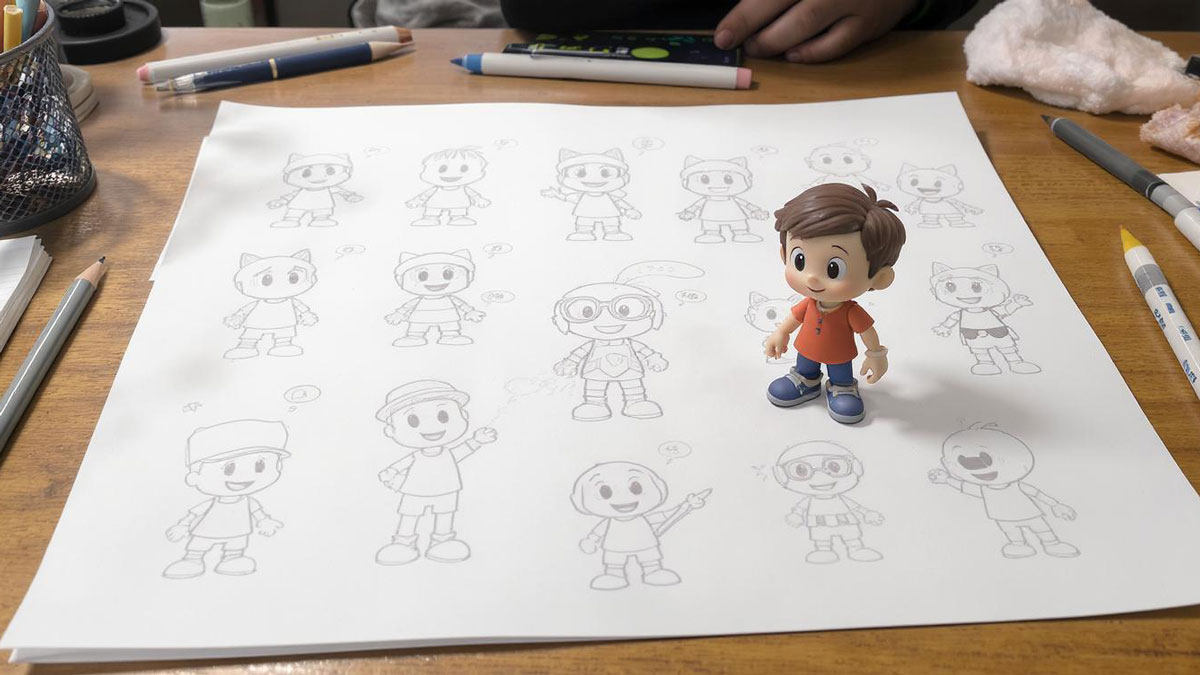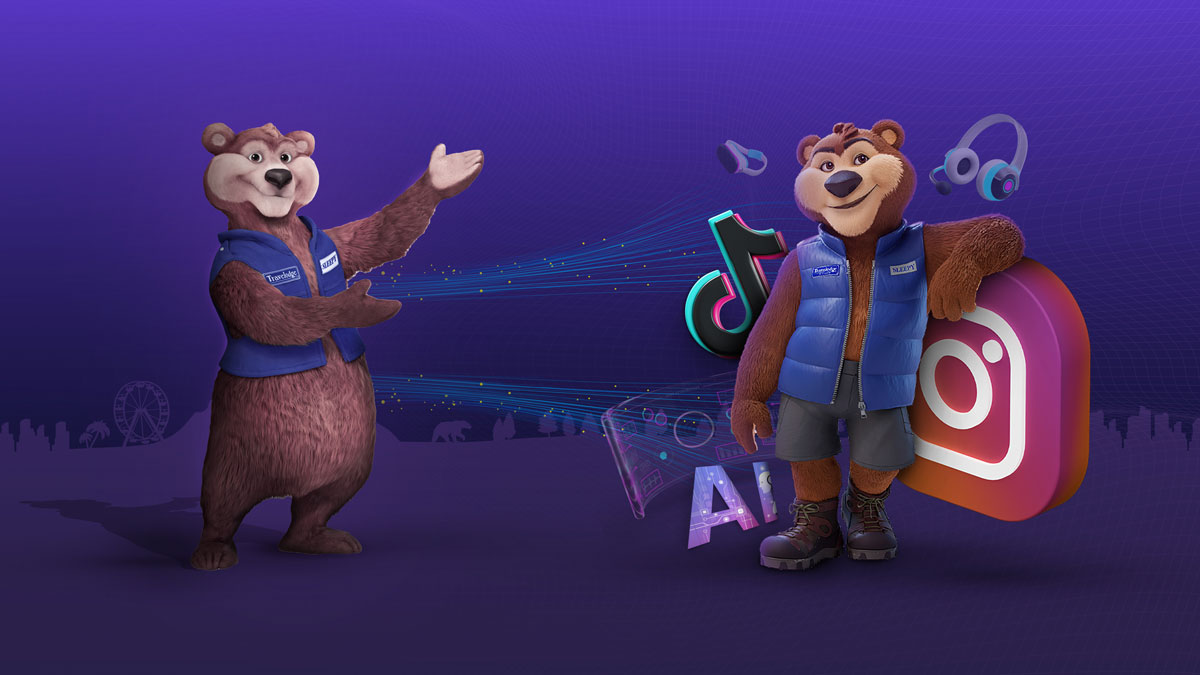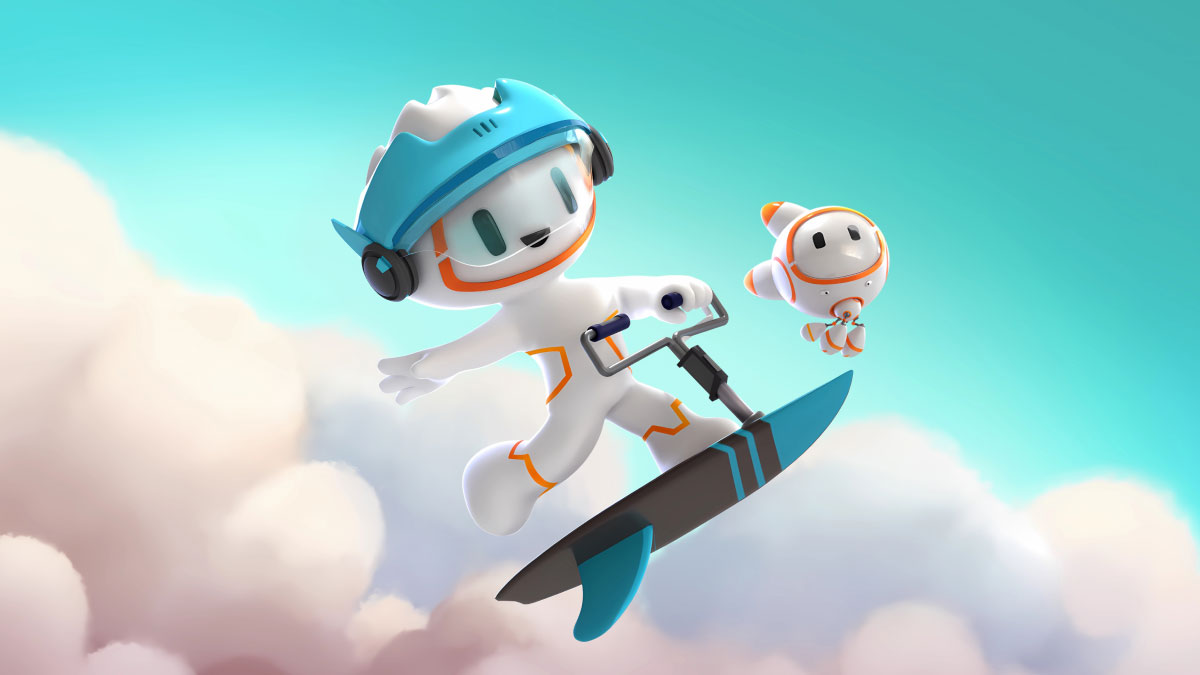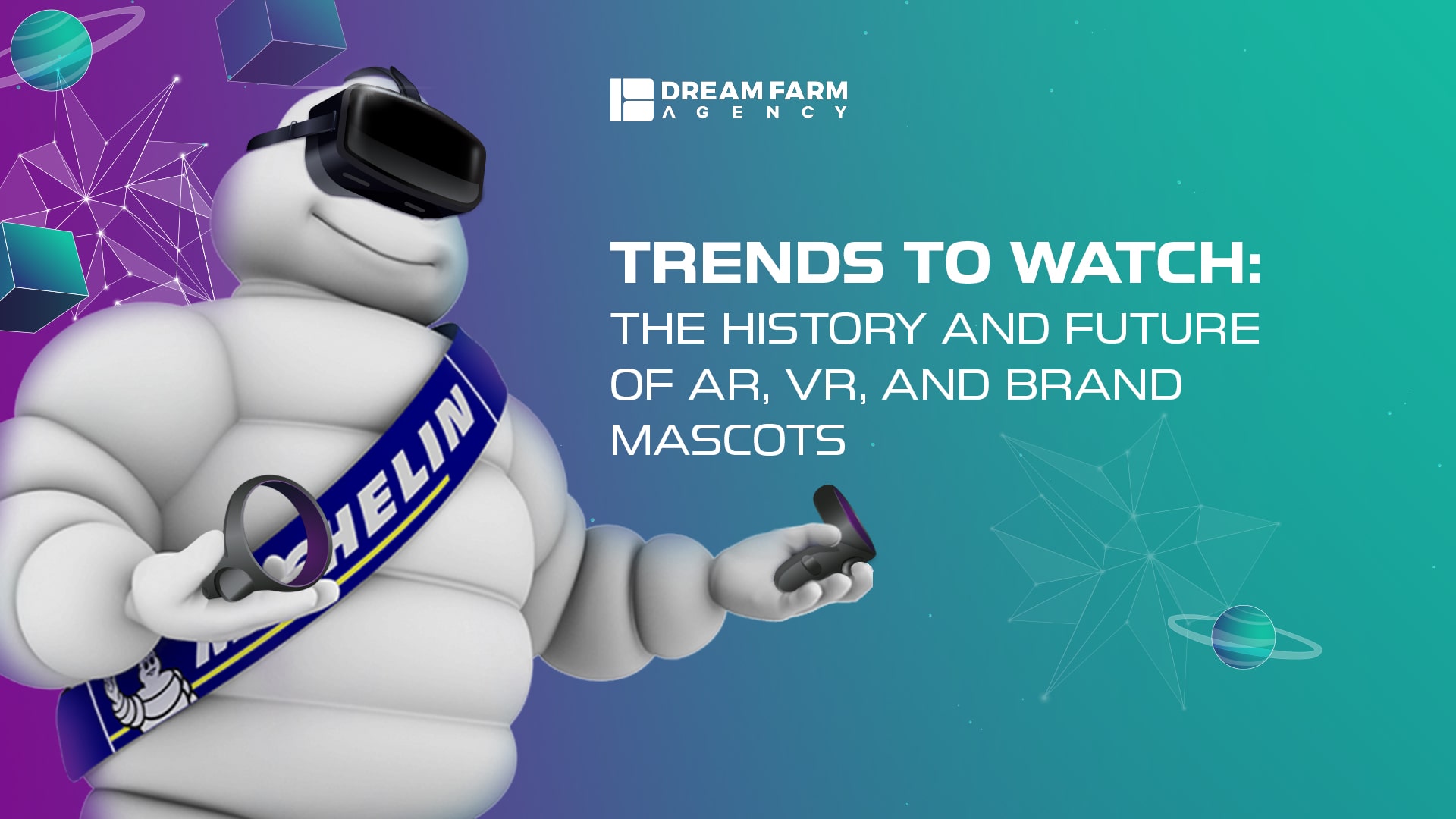
In the ever-changing perspective of technology and marketing, three different trends are ready to reshape the way we experience the digital world: Augmented Reality (AR), Virtual Reality (VR), and the utilization of brand mascots. While they may seem like separate establishments, these trends are, in fact, moving the boundaries of user engagement and brand storytelling, and becoming increasingly interwoven.
AR, VR, and Brand Mascots: A Historical Perspective
To have a better understanding of the present and potential future of AR, VR, and brand mascots, you need to take a look back into their historical developments. Each of these trends has a unique pathway and by knowing about it, you can find it easier to estimate the future status of these technologies and strategies. So, let us find out more about them!
Historical journey of the Augmented Reality (AR) Revolution
If you look back to the 1960s, when Ivan Sutherland as a computer scientist developed the “Sword of Damocles,” an early head-mounted display system that laid the foundation for modern AR technology you will find out the roots of AR (Augmented Reality). In the late 20th century AR started to gain traction with applications in the aerospace industries and military.
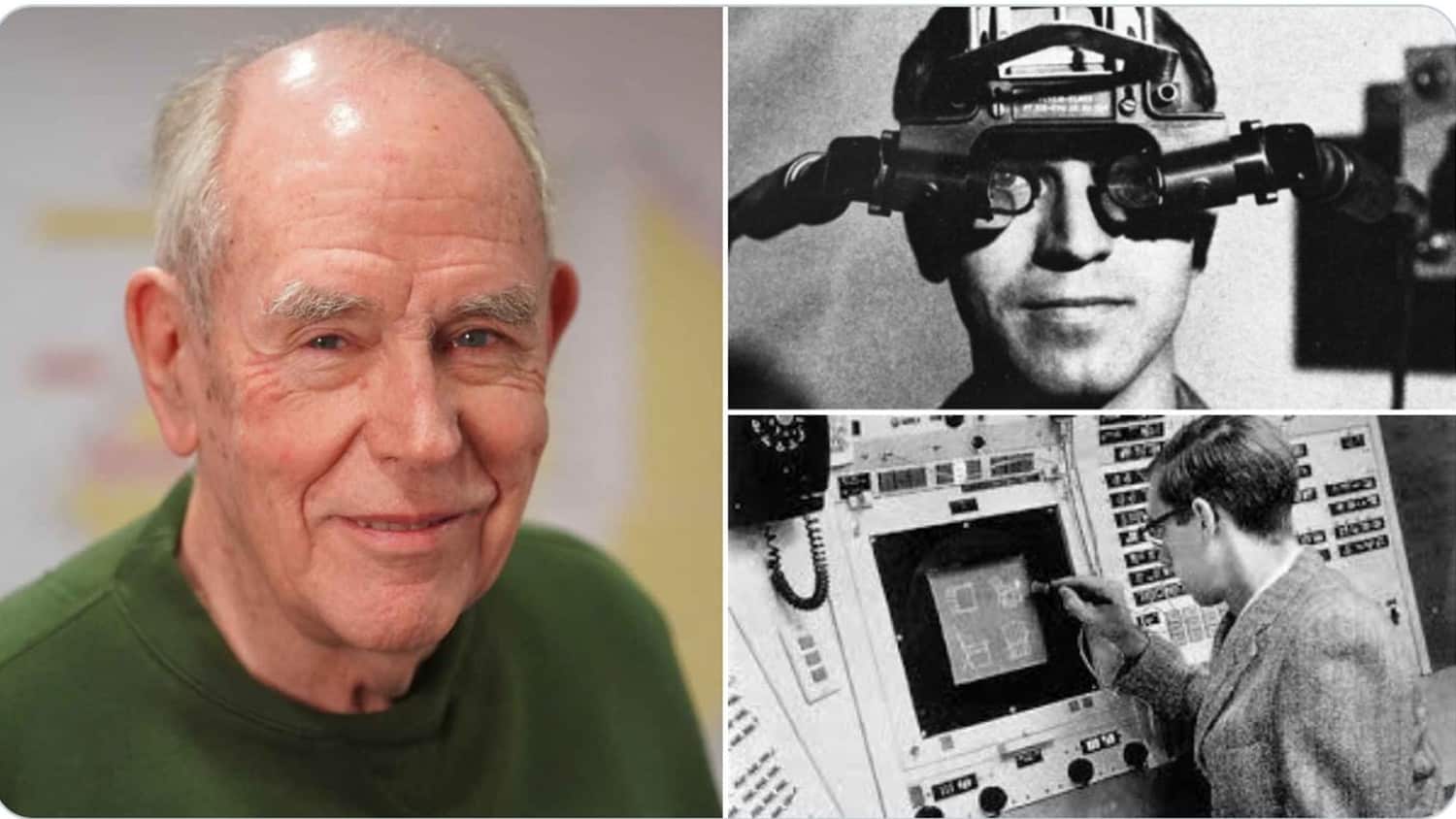
The 21st century observed AR make its way into consumer tech. The doors of AR applications opened in 2009 with the release of smartphones with built-in cameras, mobile gaming, and location-based services. Popular games like Pokémon Go brought AR into the mainstream, demonstrating its potential for engaging large audiences.
From entertainment and education to marketing and healthcare, AR provides a wide range of applications for us to make our lives easier. AR is on the edge of becoming an essential part of our daily lives, boosting real-world experiences with digital overlays and interactive elements, With progress in hardware and software.
If you’re thinking about adding a mascot to your communication plan, our team is here to help.
With over 10 years of experience and the development of more than 2,500 characters, we’ll guide you through every step to unlock the full potential of your new team member!
Learn more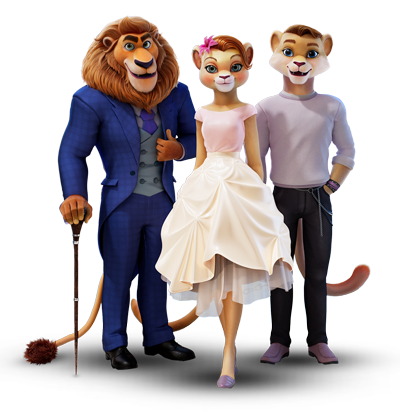
Historical pathway of Virtual Reality (VR)
The concept of Virtual Reality, back to the middle of 20th century, when experiments had been started in creating user experience environments for military and academic purposes. In the 1990s VR gained commercial attention by releasing VR gaming systems.
The Virtuality Group’s VR gaming systems were arcade machines so gamers could play in a 3D gaming world and the first mass produced VR launched as an entertainment system.
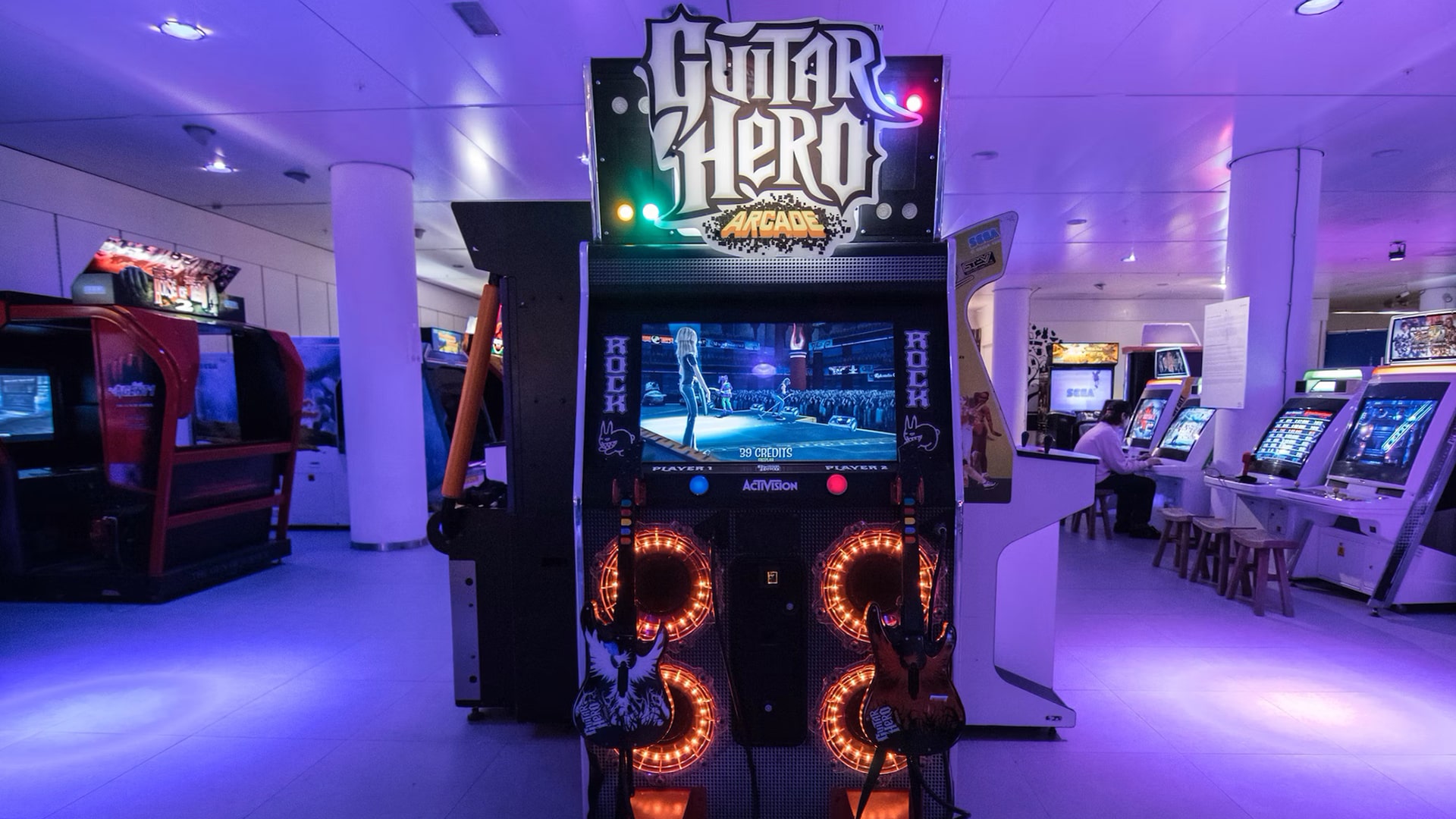
VR technology advanced over the years, and became more accessible and affordable. VR found its ideal position in gaming by offering a truly immersive experience for players. However, the applications of Virtual Reality expanded more than entertainment. By the early 21st century VR inroads into different fields, for instance, healthcare, aviation, and education, providing realistic simulations, and training experiences.
The emergence of consumer-grade VR headsets and content, omit the limitation of being specialized for particular industries. It’s being used for everything from architecture and real estate walkthroughs to virtual tourism and social interaction. The history of VR has been one of stable progress, with an exciting future that promises even more immersive and various experiences.
A Historical Journey through Brand Mascots and the Human Connection
Brand mascots have a longer antiquity and they have been part of brand marketing for more than a century. Using a character to represent brands started with Planters in 1916. They introduced Mr.Peanut. At first, these mascots were used in print and later on television.

In the digital age, brand mascots faced a different alteration, they changed from visual fixed images to interactive and dynamic characters and the power of emotion in mascots became more of importance. With the rise of social media, mascots are allowed to directly engage with consumers. This engagement contains replies to comments and producing content. Mascots like the GEICO Gecko and the Energizer Bunny became internet interests.
As AI and animation technology advanced, brand mascots took on more lifelike qualities. Chatbots and virtual assistants, often epitomized by mascots, enhanced customer service and engagement. The historical journey of brand mascots reflects their adaptability and enduring appeal in the ever-changing marketing vision.
The evolution of AR, VR, and Brand Mascots: A Glimpse into the Future
The most attractive aspect of these trends is how they are evolving to create entirely new forms of digital engagement. As an example, you enter a VR store where a brand mascot guides you through the corridor, offering personalized product recommendations through augmented reality displays. Or you are attending a live concert in VR where your favorite brand’s mascot joins the crowd, so extra excitement will be added to that.
Such convergence has the potential to transform the digital perspective in amazing ways. The combination of AR, VR, and brand mascots offers marketers creative tools to innovate immersive and memorable experiences that twist with consumers on a deeper level.
AR, VR, and Brand Mascots: Shaping the Future of Digital Experiences
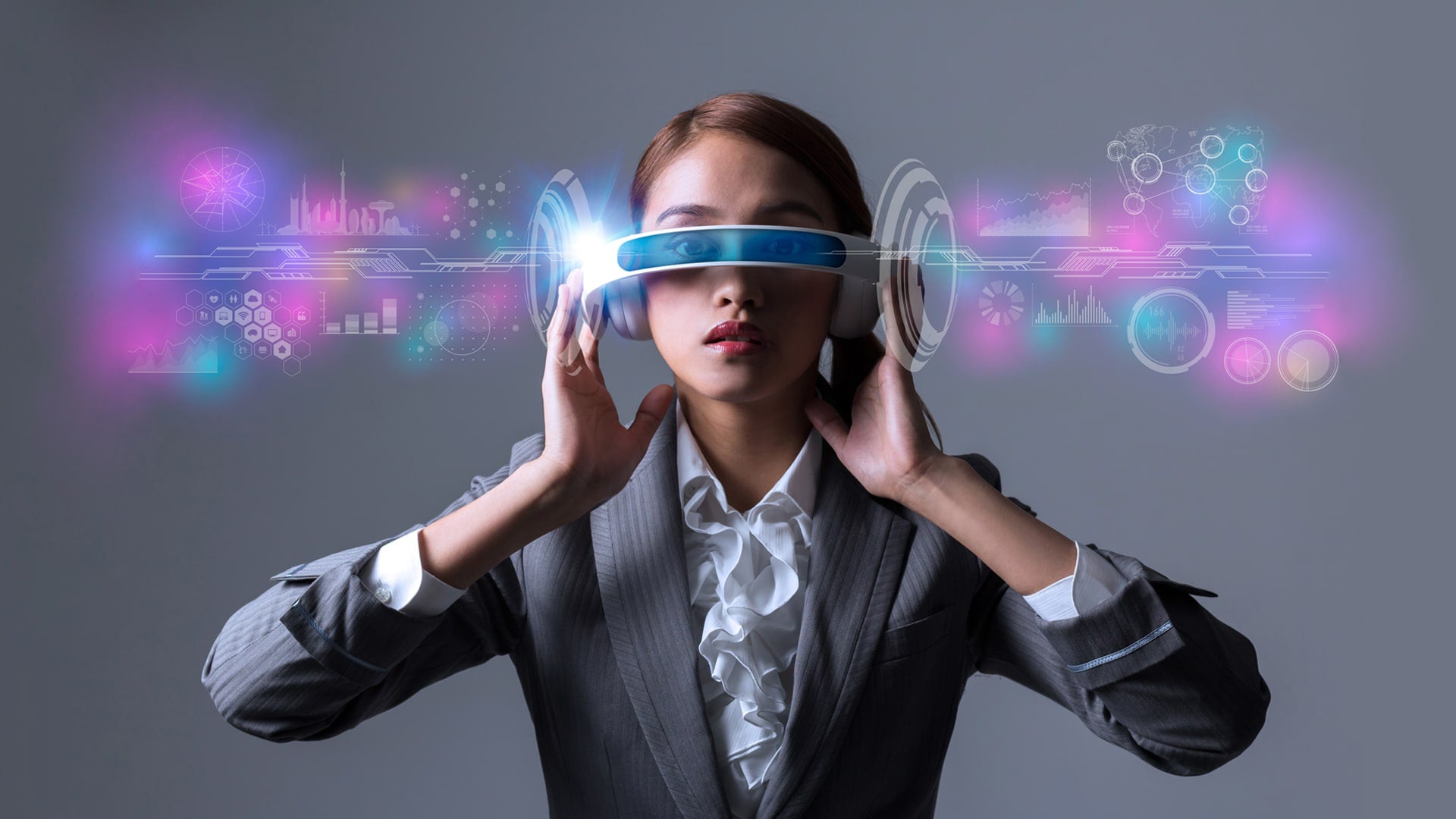
AR, VR, and brand mascots are the future trends, and they are transformative forces shaping industries, across the board. These technologies, redefining how we learn, shop, entertain ourselves, and connect with brands. So, it is obvious they will become a full part of our daily lives.
The Future of Augmented Reality (AR):
Augmented Reality is ready to further combine into our daily lives. Along with smart glasses and AR headsets becoming more prevalent, AR will find its way into fields like education, where immersive learning experiences are powered up by the visual and interactive nature of AR. Future possibilities include AR-powered navigation, remote collaboration, and increased healthcare diagnostics.
One of the most recent products that is going to break AR boundaries is Microsoft’s Visionary Leap. On October 5th 2023 Microsoft revealed some information about its new AR glasses that can change every game! Collaborating with Volkswagen, Microsoft has made this pair of glasses to help people in moving vehicles. Of course other usages have been named for this device like in military applications.
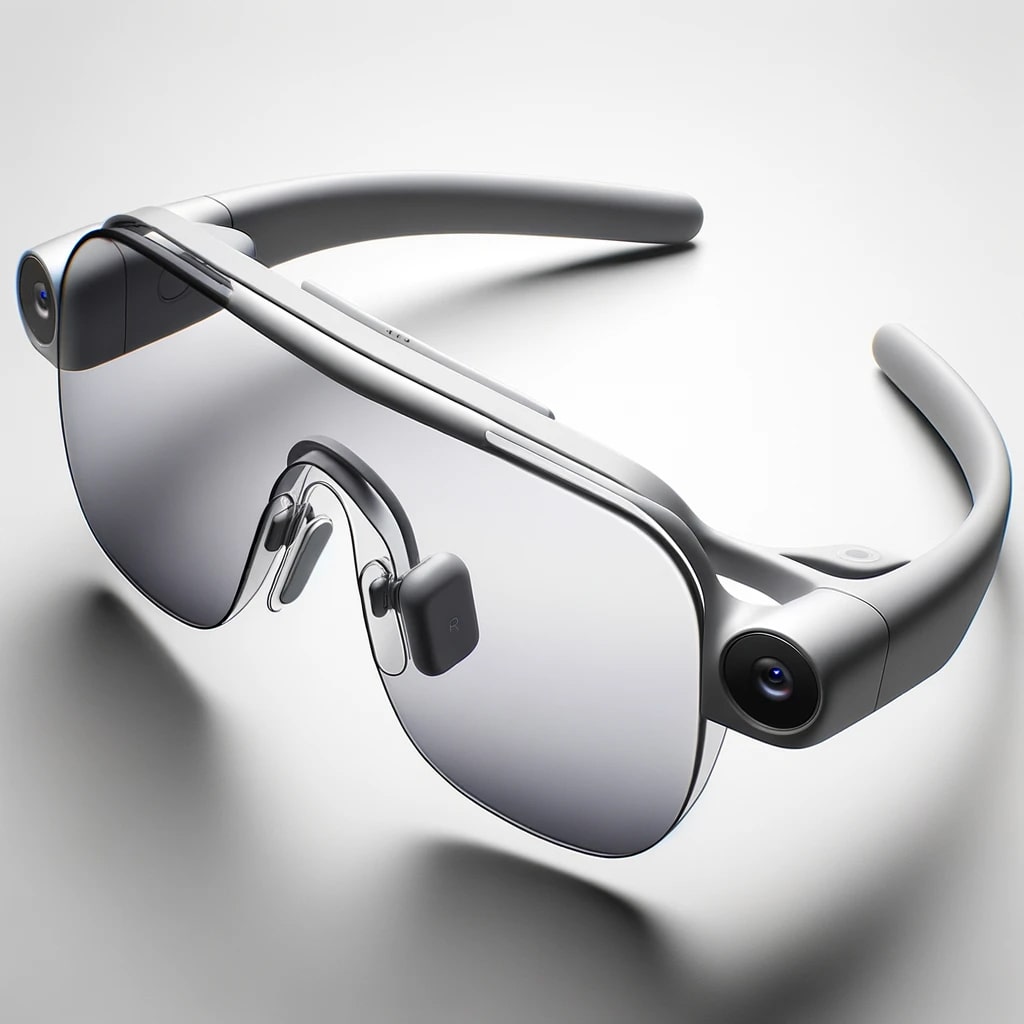
The Future of Virtual Reality (VR):
The future of VR is breathtaking, as it promises to break down geographical fences and bring distant experiences closer to us. Industries such as real estate may use VR to provide immersive property tours, while travel agencies can offer virtual previews of exotic destinations. Here are some aspects that VR can make progress in:
1.Developed hardware:
VR has already made lots of progress in terms of hardware but as the technology grows, the result is visible through new gadgets and tools. New tools are mostly more comfortable, light-weighted, and higher in quality. take a look at the differences between a VR headset in 1989 and one in 2023:
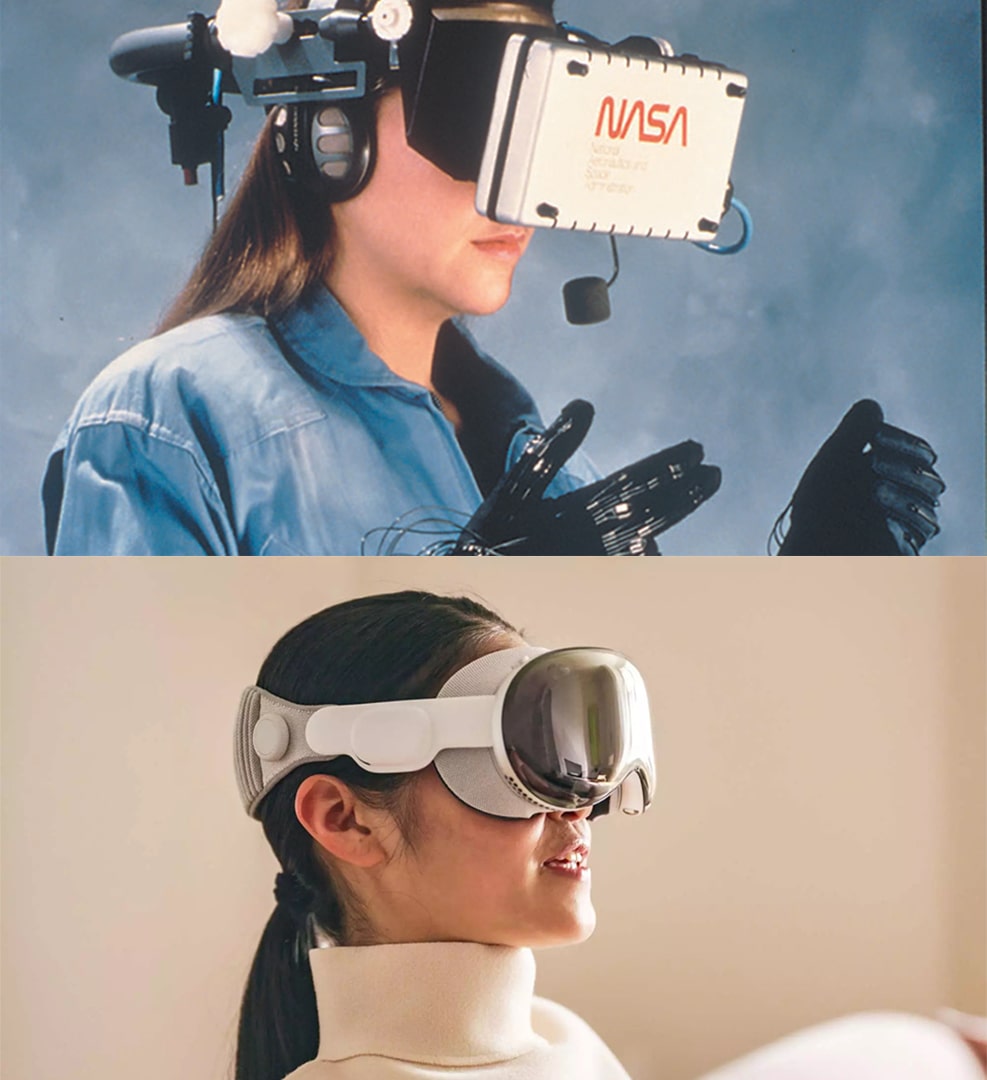
2.Integration with other technologies:
VR is going to integrate smoother with devices of other technologies such as AR and AI. Integrating with such technologies can open new doors of possibilities to VR and make it more convenient to use. It may be able to revolutionize remote work on a large scale, making it feel as immersive and interactive as in-person meetings.
3.Application other than gaming:
Although VR was introduced to the world by games, there are lots of other tasks it can cover. It can be used for healthcare systems, training different matters such as driving, architecture and design, and even immersive learning.
4.Qualified content:
As VR grows, we can expect more qualified forms of content including games, educational experiences, simulations, and so on.
The Future of Brand Mascots:
As we know, mascots are there to make customers feel more connected to brands. That is what they have been doing for years. But do we know how they will evolve in future?
Brands mascots’ futures lie down in the ability to engage with the audience on a more personal level.
What we are observing everyday is that technology is evolving at a crazy pace! Mascots used to be in 2D shapes, then they became 3D and entered the world of animated video advertisements. What is the next level? The next level for them is to become alive! That is what mascots can do with the help of AI and immersive technology.
To know more about new technologies used in mascot designing you can take a look at Neorix.
They will also offer assistance, entertainment and even accompaniment for consumers. Advanced AI and natural language processing technologies will enable mascots to provide more complicated support and take part in meaningful conversations with customers. They will play a vital role in increasing user experiences and forming emotional connections with brands.
To wind up: The Future of Digital Experiences:
The Long run of AR, VR, and brand mascots is filled with energizing conceivable outcomes. These advances are not fair patterns but transformative powers forming businesses over the board. As they proceed to advance, they will upgrade client encounters, rethink showcasing techniques, and make modern roads for engagement. To remain ahead in this energetic scene, businesses ought to keep a watchful eye on these rising patterns and consider how they can saddle their potential to put through with their gatherings of people in inventive and important ways. Dealing with new technologies is always challenging but you can simply use our Interactive Media solution.
The future of advanced technology is shining, floating, and filled with open-flying wings for those who are willing to investigate and understand these novel Improvements. Whether it’s the consistent combination of AR into our everyday lives, the limitless possible outcomes of VR, or the locks-in and intuitive nature of brand mascots. These patterns are set to dramatically change the way we associate with today’s computerized world. Grabbing these trends and understanding their credible advancement will be the key to remaining ahead within the ever-changing world of novelty and promotion.

Rojan
